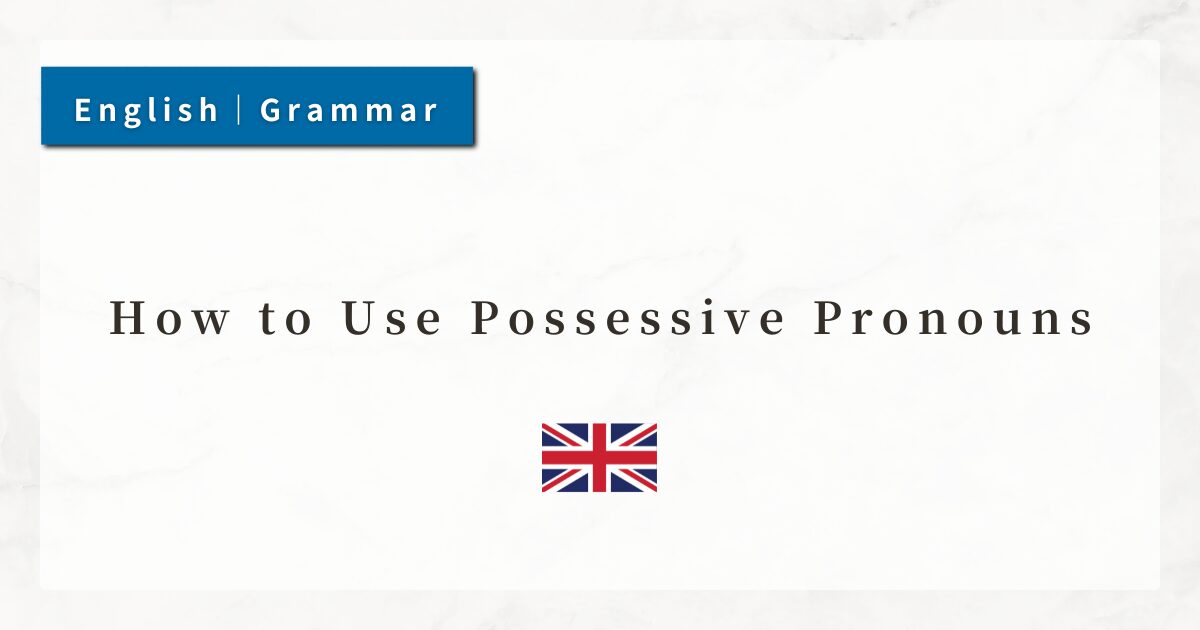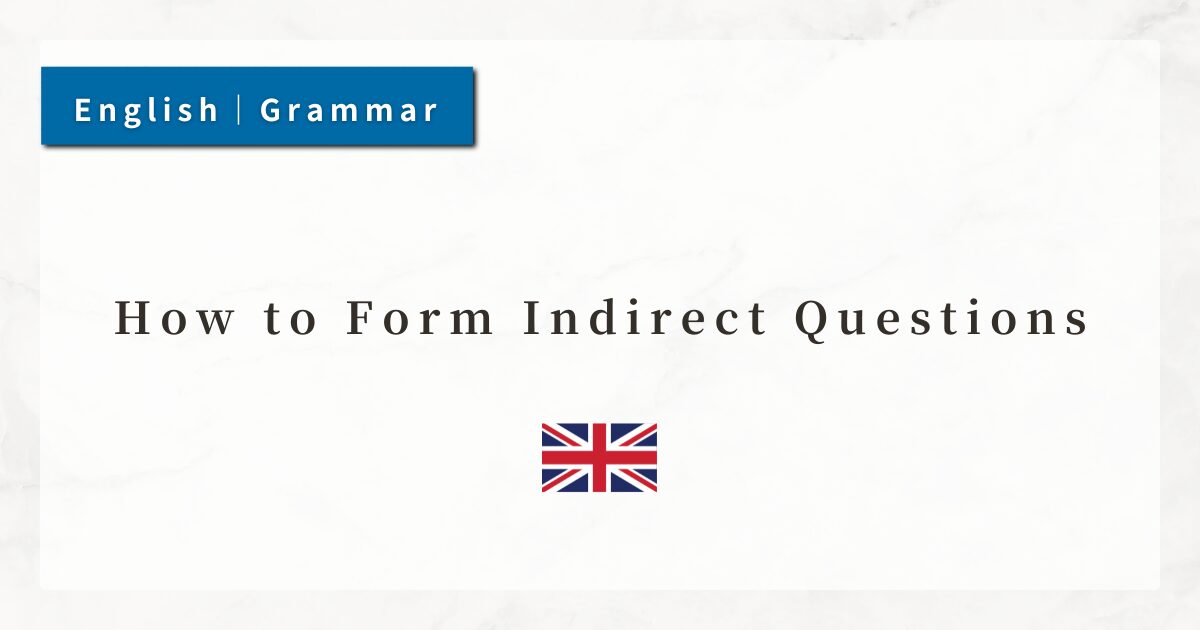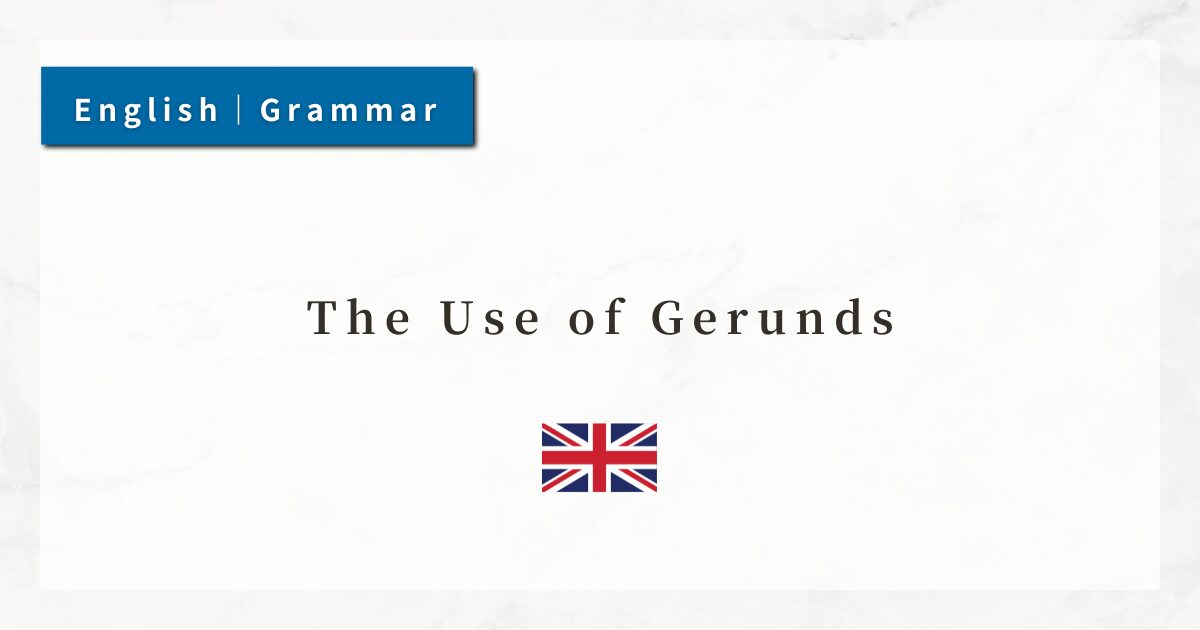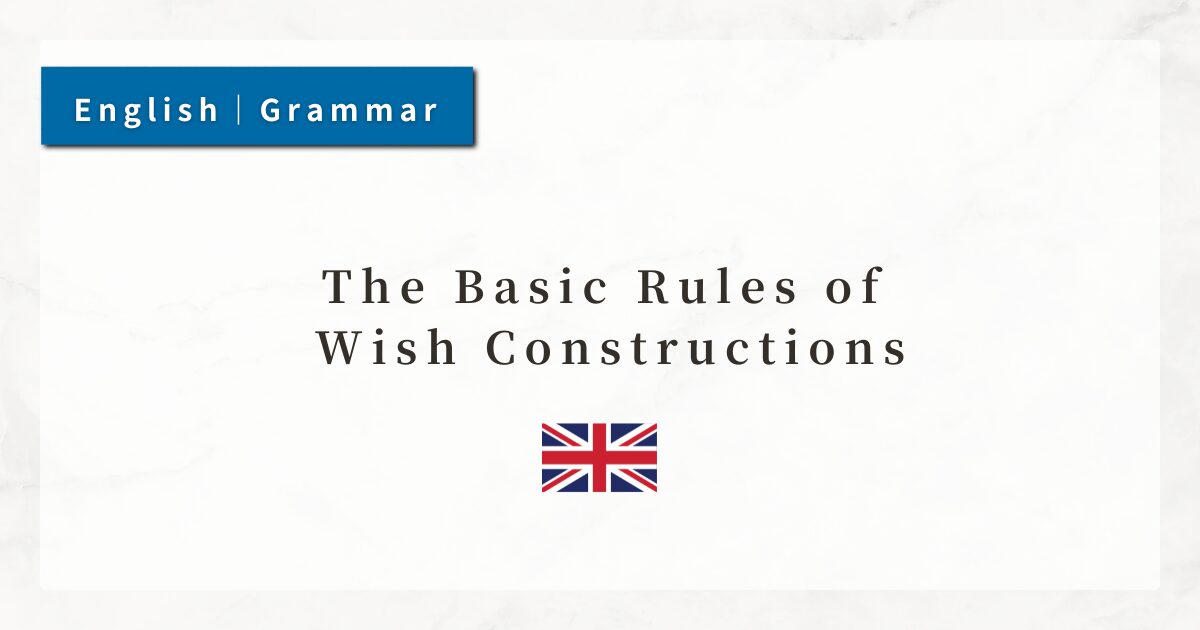#28 The Basics of the Infinitive|How to Use “to + Base Verb” with Examples

In English, when I want to express ideas such as “to do something” or “in order to do something,” I use the infinitive (to + base verb). The infinitive is a flexible structure that can function like a noun, adjective, or adverb.
In this lesson, I will explain the basic uses of the infinitive and the key points for expressing meanings such as “to do” or “in order to do.”
1. The Basics of the Infinitive (to + Base Verb)
The infinitive is used in the form “to + base verb” and functions as a noun, adjective, or adverb within a sentence.
Whenever I want to say “to do something” or “in order to do something” in English, I use the infinitive.
The infinitive has three main functions:
| Usage | Explanation | Example |
|---|---|---|
| Noun Use | “to do something” | To study English is fun. |
| Adjective Use | “for doing” / “to be done” | I have a book to read. |
| Adverb Use | “in order to” / “so as to” | I came here to study. |
Since the meaning changes depending on the context, it is important to be aware of what role the infinitive is playing in the sentence.
2. Noun Use: “to do something”
When used as a noun, the infinitive can function as the subject, object, or complement of a sentence.
2-1. As the subject
- To travel alone is exciting.
Here, “to travel alone” serves as the subject and indicates “what is exciting.”
2-2. As the object
- I want to eat pizza.
Here, “to eat” is the object of the verb want, expressing “what I want to do.”
2-3. As the complement
- Her dream is to become a singer.
In this example, “to become a singer” is the complement, providing an explanation of the subject.
3. Adjective Use: “for doing” / “to be done”
When an infinitive modifies a noun, it functions as an adjective.
In this usage, “to + verb” is placed after the noun and gives meanings such as “for doing” or “to be done.”
- I have a lot of homework to do.
Here, “to do” modifies homework, adding the information “what kind of homework.”
This use is also common with words such as something / anything / nothing / the first / the last.
- She needs something to drink.
Here, something is an indefinite noun, and to drink specifies what kind of “something” it is.
4. Adverb Use: “in order to” / “so as to”
When an infinitive modifies a verb, adjective, or adverb, it provides additional information such as purpose, reason, result, or condition.
4-1. Purpose
- He studied hard to pass the exam.
Here, “to pass the exam” explains the purpose of studying.
4-2. Reason or grounds for judgment
- I’m happy to see you.
Here, “to see you” explains the reason for the feeling of happiness.
Thus, the adverbial infinitive clarifies background or intention by answering questions such as “for what purpose,” “why,” or “how.”
5. Common Verbs and Expressions Used with the Infinitive
The infinitive is often used as the object of certain verbs. Some common examples are:
| Verb | Meaning | Example |
|---|---|---|
| want | to want to do | I want to go home. |
| hope | to hope to do | I hope to see you again. |
| plan | to plan to do | We plan to visit Rome. |
| decide | to decide to do | He decided to study abroad. |
| learn | to learn to do | She is learning to cook. |
Some verbs (enjoy, finish, avoid, etc.) take a gerund (-ing form) instead of the infinitive, so it is important to distinguish between the two.
6. Summary
- The infinitive takes the form “to + base verb.”
- The verb after to must always be in its base form.
- Noun Use: Functions as the subject or object (To travel is fun. / I want to go.)
- Adjective Use: Modifies a noun (something to eat / homework to do)
- Adverb Use: Adds purpose, reason, or condition to a verb (to study, to help)




